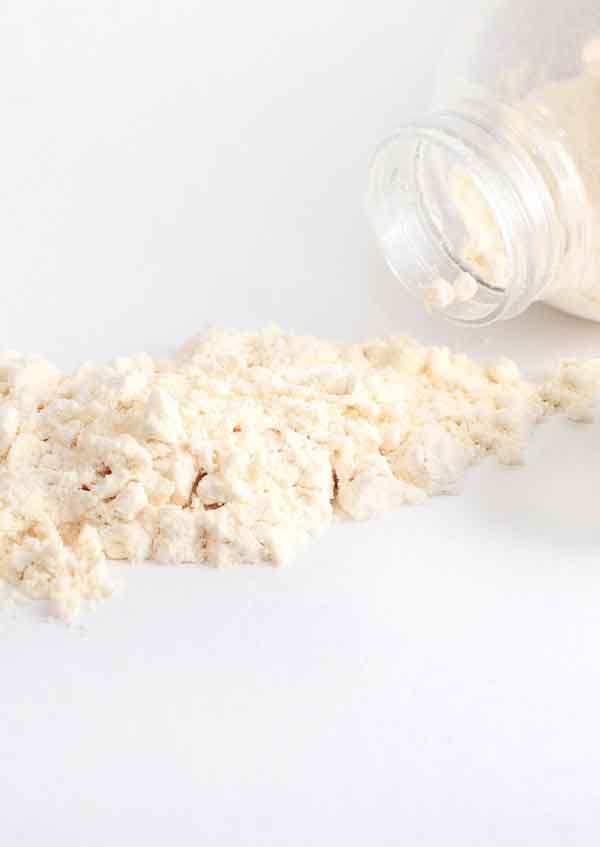What are some safer alternatives to asbestos?
Asbestos was once commonly used in a number of applications around New Zealand. Since the discovery that the material is hazardous to human health, its use has been heavily restricted. Thankfully, there are other materials on the market that can be substituted for asbestos which lack its harmful characteristics.
Before we explore the alternatives, it’s important to understand what the benefits of asbestos were when used as a building material.
What are the benefits of asbestos?
With our present knowledge of the harmful effects asbestos causes, it might sound odd to ask what the benefits of the material are. However, there are good reasons it was used in construction before the harm it created was understood.
The first major benefit is the material’s extreme resistance to fire. This made asbestos particularly useful, as it could be added to other products and make them less likely to burn. It was also highly effective when used for insulation in buildings, as the material is a poor conductor of heat. High tensile strength and sound-absorption properties further made asbestos a popular building material - that is, until it was understood to be incredibly harmful.
Once it became clear that asbestos was a toxic material, the impetus to use it quickly evaporated.
What are some safe alternatives to asbestos?
Once it became clear that asbestos was a toxic material, the impetus to use it quickly evaporated. A number of safe products, however, were able to fill the functional roles asbestos once occupied.
Cellulose fibres
One of the greenest alternatives to asbestos is cellulose fibre. Made from shredded newsprint, it’s chemically treated to increase its resistance to fire, making it a viable alternative to asbestos when insulating a building. The recycled content of products made with cellulose fibre can be anywhere from 5 to 15 per cent, making it one of the greenest substitutes available.
Polyurethane foam
The advantage polyurethane brings over some other products on this list is its ability to be sprayed onto almost any surface. Its thermal-insulation properties come from the tiny bubbles that are trapped within it when left to dry. For families with members who have allergies, Icynene foam is a particularly effective solution, as the water-based foam creates an incredibly tight seal, reducing the chance of dust and mould spreading. Most typically, polyurethane foam is used in roofing applications.
Flour fillers
Used as an insulating material, flour fillers are created from a variety of substances, including rice hull ash, pecan shell flour, wheat flour, or rice flour. These are all natural substances that have none of the toxic properties of asbestos, and its application is relatively simple: flour is poured into cracks and spaces where heated air within a home may be able to escape.
Thermoset plastic flour
Thermoset plastics are a versatile alternative to asbestos. Used for insulation, they consist of a plastic agent mixed with filler material like wood flour to create a substance that can be shaped as necessary. It’s effective at insulating both heat and cold, and is noted for its ability to block out a sound.
Amorphous silica fabrics
Particularly resistant to high temperatures, amorphous silica fabrics have replaced asbestos in many common applications. While the materials have found success in aerospace, shipyards, and power-generating scenarios, they’re not typically used in residential applications.
For both asbestos removal and encapsulation, seeking professional assistance is key.
Should you replace the asbestos in your property?
If asbestos was used in the construction of your property, you might be asking yourself “How dangerous is asbestos? Is replacing my asbestos insulation worth it?”
The answer is: it depends.
Asbestos is only harmful when its fibres become airborne, so if your asbestos-containing materials are in good condition, it might be a better option to leave them be than to replace them outright. In order to keep the asbestos safely within the material, you can look at the option of asbestos encapsulation; a process that locks the dangerous fibres within the substrate they’re part of.
If, on the other hand, your asbestos-containing materials are in poor condition - crumbling or otherwise deteriorating - having them removed and replaced with something less harmful will be your best and safest bet.
For both removal and encapsulation, seeking professional assistance is key. This is where the team at Chemcare can help - we can assess your building and determine the best course of action for dealing with any asbestos on your property.
As you can see, there are plenty of viable alternatives to asbestos. To learn more about removing asbestos from your property and what you can replace it with, contact the Chemcare team today.






